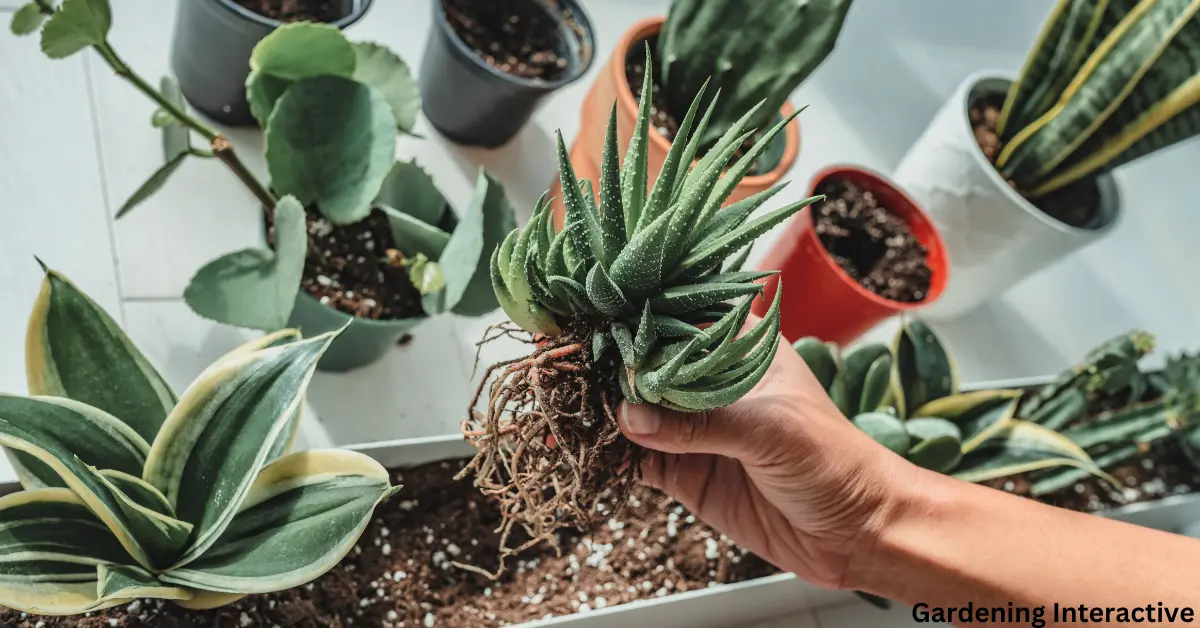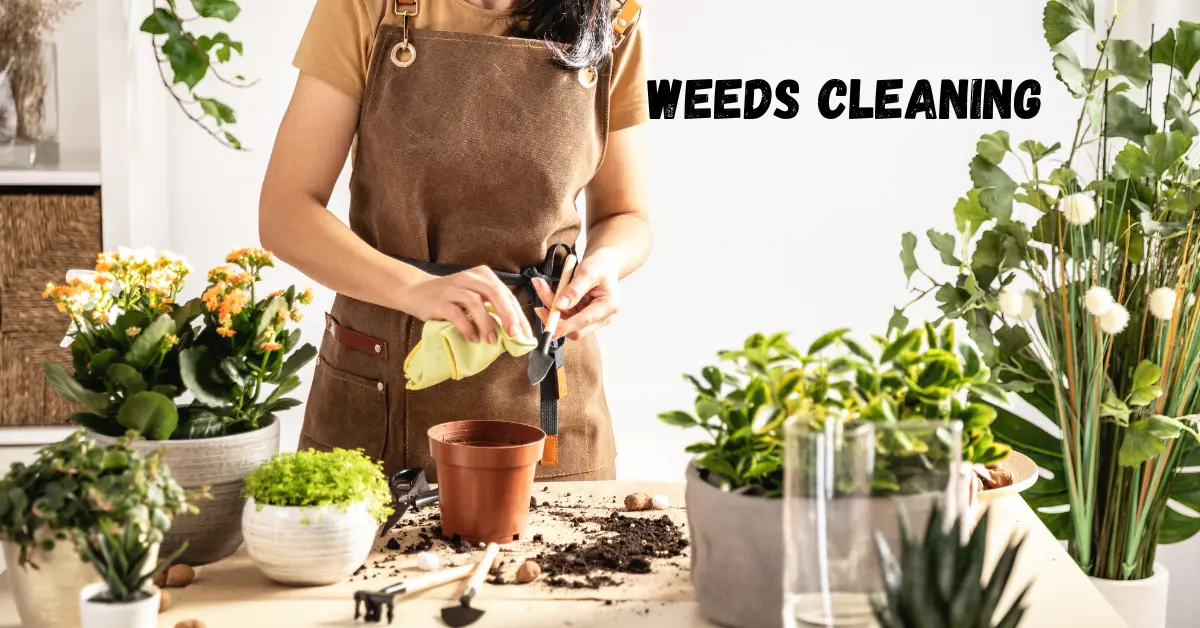
How to Propagate Snake Plants
- Mitford Rakib
- March 21, 2024
- Indoor plants, Plants, propagation method
- 0 Comments
The Complete Manual for Propagate Snake Plants
Welcome, budding green thumbs, to the fascinating world of indoor gardening! If you’re a beginner eager to try your hand at cultivating green companions, look no further than the resilient and stylish Snake Plant. In this comprehensive A to Z guide, we’ll take you through everything you need to know about Propagate Snake Plants, from soil preparation to pest control, watering, and beyond.
The Propagate Snake Plants is among the easiest houseplants to grow. It’s easy to grow more snake plants for your collection or to give them to others if you know how to propagate them. This tropical houseplant’s sword-like leaves quickly take root in soil or water, and splitting large plants is an excellent alternative.

Getting to Know the Snake Plant
Let’s get to know the snake plant, the focal point of our indoor garden, before getting into the specifics. This tough plant, also called Devil’s Tongue, Mother-in-law’s Tongue, or Sansevieria, has tall, upright leaves with unique patterns. Because of its flexibility, which allows it to flourish in a range of environments, it’s an excellent option for beginners.
Read More…
Selecting the Right Soil
The soil is the cornerstone of any successful indoor garden, & snake plants are no different. Choose a potting mix that drains well, ideally one made especially for succulents or cacti. These are readily available at your neighborhood garden center, or you may make your own by combining sand or perlite with ordinary potting soil.
Planting Your Snake Plant
It’s high time to get your hands dirty now that your soil mix is ready! Select a container with holes for drainage to prevent water accumulation. Make sure the roots of your snake plant are spread out as you gently lay it in the center. Cover the plant with the soil mixture, gently pressing it down. After planting, give the plant little water and give it time to become used to its new location.
Caring for Your Snake Plant
Snake Plants are known for their low-maintenance nature, making them ideal for beginners. Here is a summary of maintenance advice to ensure the health and well-being of your green friend:
- Lighting: Snake Plants can be used in a variety of lighting situations. However, they might survive in low light, they prefer the brighter light and passive sunlight. They should not be exposed directly to sunlight. It is harmful for the leaves of the plants.
- Temperature: These snake plants are not too dependent on temperature. In average temperatures they grow well, but be sure not to keep them in extra heated temperatures.
- Watering: Watering in moderation is one of the most important parts of caring for snake plants. Allow the soil to dry out in between waterings, as overwatering can lead to root rot. Continually water your plants every two to four weeks, based on the humidity in your house.
- Fertilizing: Fertilization of snake plants is not necessary often. Feed them once a month with a balanced, diluted liquid fertilizer during the growing season (spring and summer).
Keeping Pests at Bay
Snake plants occasionally draw challenging pests, just like any other indoor plant. Here is a brief overview of pest administration:
- Common Pests: Look out for mealybugs, scale insects, and spider mites. Usually, neem oil or insecticidal soap can be used to treat them.
- Preventive Measures: Check your snake plant frequently for indications of an infestation of bugs. To avoid possible infections, isolate fresh plants for a few weeks before adding them to your indoor garden.
Solving Common Problems
Even the expert gardeners face the challenges of growing snake plants. These are the top challenges up for you:
- Yellowing Leaves: The culprit is frequently overwatering. After letting the soil dry up, change how often you water it.
- Soft, Drooping Leaves: This could be a sign of severe moisture-induced root rot. Chop off any damaged sections and change how you pour that water.
- No Growth: It could be the absence of light that is making your Snake Plant appear stagnant. Take it somewhere brighter to see if it changes.
Conclusion
Greetings, new owner of a plant! You now know the fundamentals of taking care of the hardy Snake Plant. Recall that indoor planting requires both nurturing and patience. The proper soil, upkeep plan, pest control methods, and watering schedule will ensure that your Snake Plant grows and becomes a chic, oxygen-producing accent to your home retreat. Cheers to your successful gardening!
Frequently Asked Questions (FAQ)
Q1: Is it possible to snake plants to survive in low lights?
A1: Yes, snake plants can survive at low light levels and are highly adaptive. They do, however, flourish in strong, indirect light. To prevent scorching the leaves, keep them out of the direct sunlight.
Q2: How frequently should my snake plant be watered?
A2: Watering snake plants on a regular basis is dependent on your home’s unique conditions and humidity levels. Generally speaking, try to water the soil every two to four weeks and allow it to dry out in between.
Q3: What is the ideal soil type for snake plants?
A3: Use a potting mix that drains well, ideally one made specifically for succulents or cacti. These are available at your neighborhood garden center, or you may make your own by mixing sand or perlite with ordinary potting soil.
Q4: How can I keep my snake plant free of pests?
A4: Watch out for common pests such as mealybugs, scale insects, and spider mites. Examine your plant on a regular basis, and use neem oil or insecticidal soap to treat any pests you find. To avoid any infections, isolate new plants before adding them to your indoor garden.
Q5: What should I do if my Snake Plant’s leaves turn yellow?
A5: Yellowing leaves are often a sign of overwatering. Allow the soil to dry out between waterings and adjust your watering routine accordingly. Trim away any affected parts to promote healthier growth.






